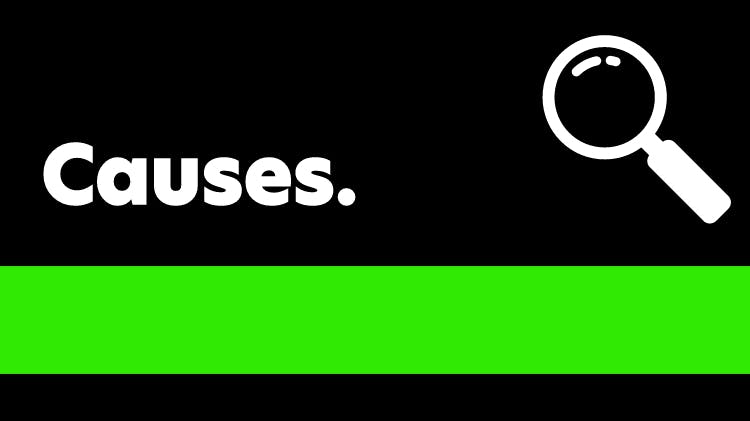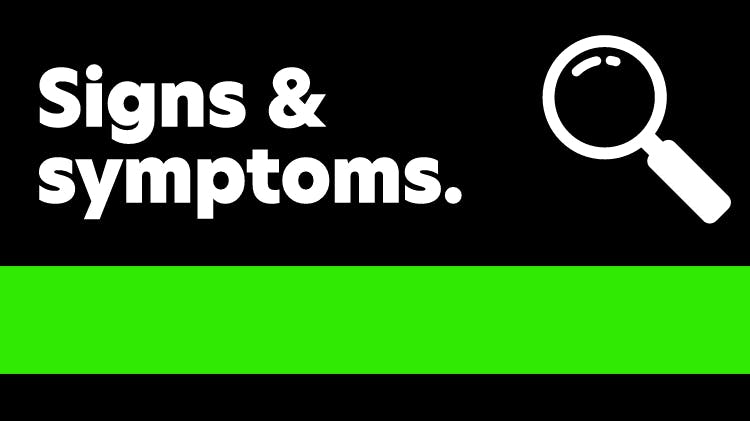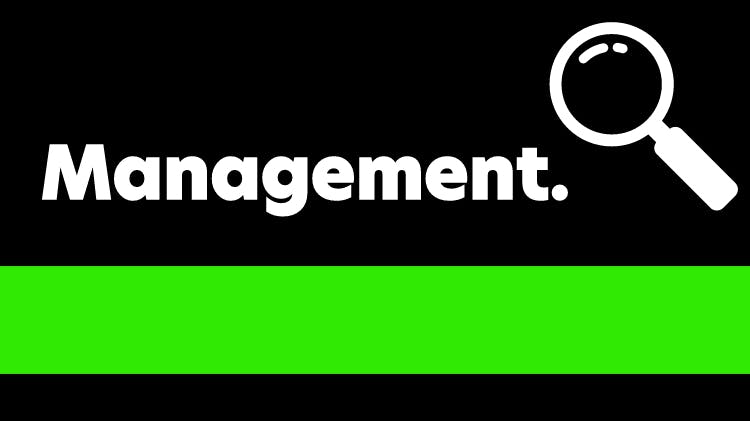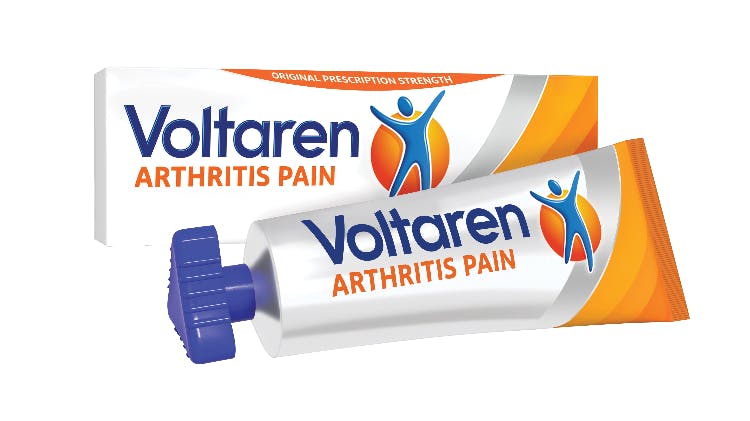An Overview of Musculoskeletal Pain

The human body’s musculoskeletal system is a complex network of bones, joints, ligaments, tendons, muscles and nerves that work together behind the scenes to provide us with the strength to stand up in the morning and the mobility to go about our day-to-day lives.
Musculoskeletal pain, or pain within the musculoskeletal system, can be caused by a wide range of common conditions—from sudden injuries like fractures, sprains and strains to chronic diseases like osteoarthritis and fibromyalgia. The World Health Organization (WHO) estimates that 1.71 billion people suffer from musculoskeletal conditions globally, with low back pain being the single leading cause of disability in 160 countries. And with a growing and aging population in the US and around the world, the number of people living with musculoskeletal pain is expected to increase rapidly over time.
A silent pandemic1,3
Musculoskeletal Pain 101
Explore related content

What causes musculoskeletal pain?
Learn more about the common causes of musculoskeletal pain.

Listen To Pain
Explore our tools & resources designed to help you have better conversations with your patients.

What are the signs of musculoskeletal pain?
Learn more about the common signs and symptoms of musculoskeletal pain.


How can patients manage their pain?
Brush up on common treatment strategies for musculoskeletal pain sufferers.

